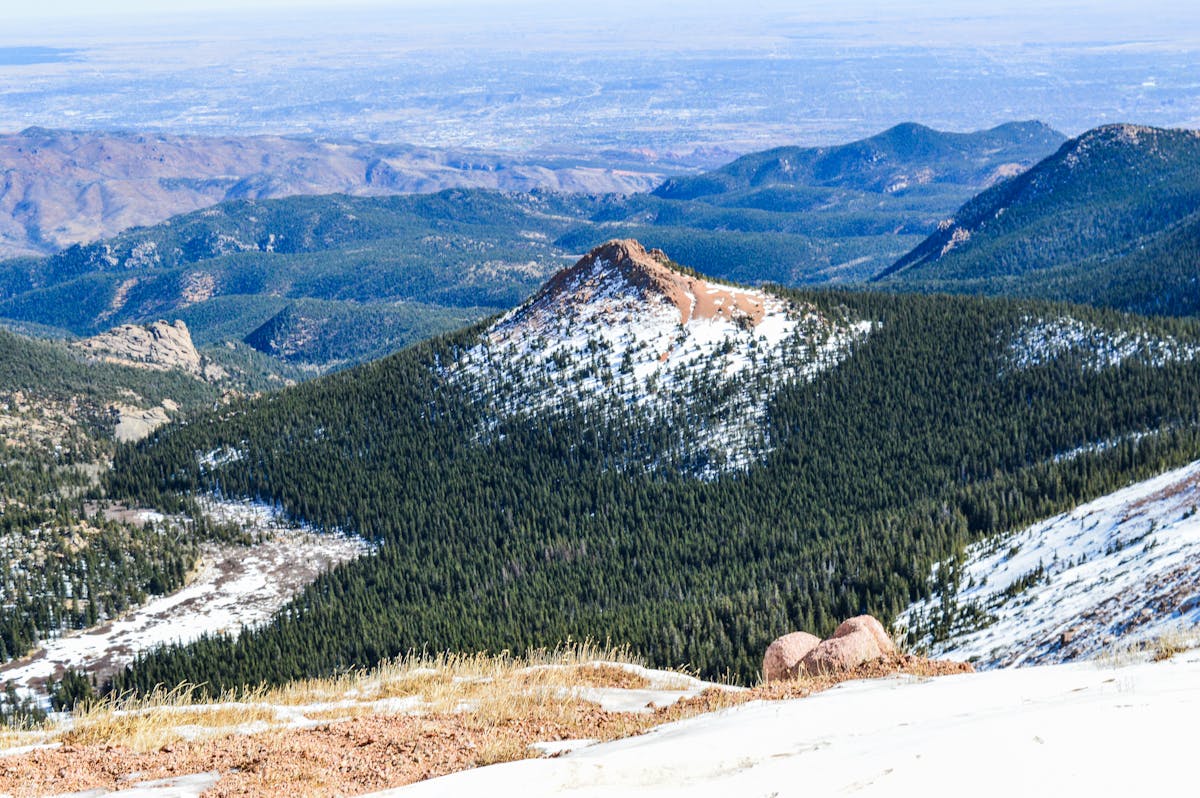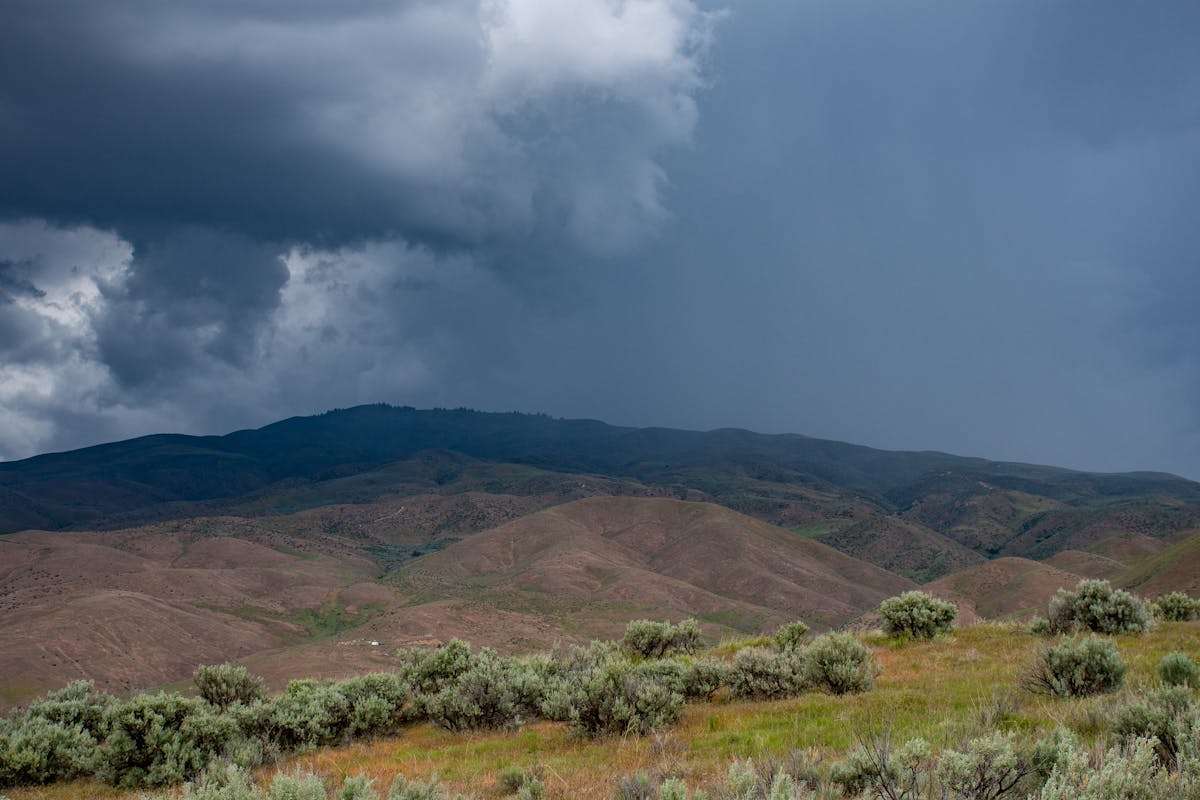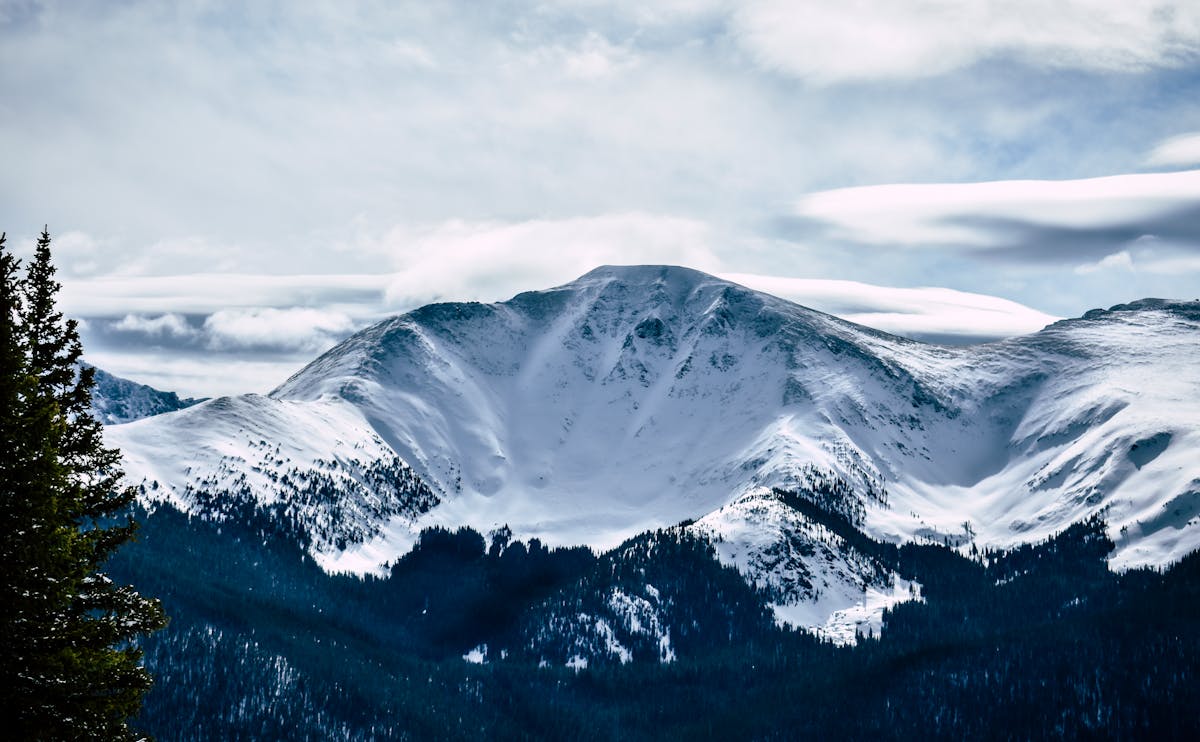Welcome, fellow adventurers, to the breathtaking landscapes of Colorado! As your guide through travel, culture, and the sheer joy of exploration, I know that experiencing the Centennial State requires more than just planning your route – it requires understanding its dynamic nature, especially its roads. Colorado’s stunning scenery often comes hand-in-hand with unpredictable conditions, making information about road closures today in colorado absolutely vital for safe and enjoyable travel.
Whether you’re chasing powder on the slopes, hiking to a pristine alpine lake, exploring historic mining towns, or simply driving the scenic byways, staying updated on road status is your first step in navigating this magnificent state. This guide will help you understand why closures happen, where to find the most current information, and how to factor potential delays into your Colorado journey.
Colorado’s geography is as diverse as its attractions. From the bustling urban corridors along the Front Range to the soaring peaks of the Rockies and the vast plains to the east, the road network traverses varied climates and terrains. This diversity means that while one part of the state might be basking in sunshine, another could be facing blizzard conditions or dealing with the aftermath of a rockslide. Understanding the factors that lead to road closures today in colorado isn’t just about avoiding inconvenience; it’s about respecting the power of nature and ensuring your safety, and the safety of those who work to keep these roads open.
Why Do Roads Close in Colorado? Understanding the Factors
When you see a sign indicating road closures today in colorado, several factors could be at play. Unlike flat, stable regions, mountain environments and areas prone to extreme weather present unique challenges for transportation infrastructure. As someone who has explored many corners of this state, I’ve seen firsthand how quickly conditions can change and impact travel plans. Here are the primary reasons you might encounter a closure:
- Weather Conditions: This is arguably the most common culprit, especially in the mountains. Heavy snowfall, ice, blizzards, whiteout conditions, and avalanches frequently lead to temporary or extended closures on mountain passes and high-elevation roads. Severe thunderstorms can cause flash floods and mudslides, particularly in burn scar areas. High winds can also be hazardous, especially for high-profile vehicles. Colorado’s weather is notorious for its rapid shifts, meaning a clear morning can turn into a challenging afternoon drive.
- Construction and Maintenance: To keep roads safe and functional, ongoing construction and maintenance are necessary. This includes repaving, bridge repair, rockfall mitigation, and avalanche control work. While these are often planned and scheduled (allowing for advance notice), they still result in temporary lane reductions or full closures.
- Accidents and Incidents: Unfortunately, vehicle accidents can close lanes or entire sections of road, sometimes for hours, depending on the severity and cleanup required. Other incidents like spilled cargo, vehicle breakdowns in difficult locations, or even law enforcement activities can also necessitate temporary closures.
- Natural Events: Beyond immediate weather, natural events like rockfalls, landslides, wildfires (and the subsequent risk of mudslides after the fire), and even wildlife migrations can cause unexpected road closures.
- Special Events: Less frequently, roads might be closed for planned events such as cycling races, marathons, parades, or festivals. These are usually announced well in advance.
Understanding why a road might be closed helps you appreciate the need for the closure and encourages patience and flexibility in your travel plans. It’s all part of navigating the realities of this wild and beautiful landscape.

Finding Real-Time Information on Road Closures Today in Colorado
Given the dynamic nature of Colorado’s roads, relying on yesterday’s information isn’t enough. You need access to the most current updates. Fortunately, several reliable sources are dedicated to providing real-time status reports on road closures today in colorado.
The single most authoritative source for statewide road conditions is the Colorado Department of Transportation (CDOT). Their official website, Cotrip.org, is an invaluable tool for anyone traveling in the state.
- Cotrip.org: This website offers a comprehensive interactive map showing current road conditions, construction zones, and, crucially, closures. You can filter by road type, event type, and region. It provides details on the reason for the closure, estimated duration (if known), and alternative routes when available. They also offer travel alerts and updates via text and email subscriptions.
- CDOT Mobile App: Many states now have dedicated apps, and CDOT’s app mirrors much of the functionality of their website, making it easy to check conditions on the go (though always check before you start driving or when safely pulled over!).
- CDOT on Social Media: Following CDOT’s official social media accounts (like Twitter) can provide quick alerts on major incidents or sudden closures, though for detailed info, Cotrip.org is still the go-to.
While CDOT covers most state and federal highways, specific areas have their own reporting systems:
- National Park Service (NPS): As touched upon in the original text regarding Rocky Mountain National Park (RMNP), national parks often manage their internal road systems. For RMNP specifically, while they mention Twitter (@RockyNPS) and variable message boards for updates, their official website may also carry seasonal closure information for major roads like Trail Ridge Road or Fall River Road. Always check the specific park’s website or social media for status within the park boundaries, as these might not always appear on the main CDOT map unless they impact a major access road.
- Local County and City Websites: For smaller, local roads not covered by CDOT or NPS, county and city public works departments may have information available on their official websites.
Important Tip: While general mapping apps (like Google Maps, Waze, etc.) can show major closures, they may not always be the first to update, or they might lack the detailed context provided by official sources like CDOT. Always cross-reference with Cotrip.org, especially for travel over mountain passes or during inclement weather.
Navigating Areas Prone to Road Closures
Certain parts of Colorado are inherently more susceptible to closures due to their elevation, terrain, and weather patterns. Being aware of these areas helps you anticipate potential issues and plan accordingly when looking for road closures today in colorado.
- Mountain Passes: Colorado is famous for its stunning mountain passes, but they are often the first to close in winter and can be affected by weather or construction year-round. Key passes include those traversed by I-70 (Eisenhower Tunnel stretch), Loveland Pass (US 6), Berthoud Pass (US 40), Vail Pass (I-70), Monarch Pass (US 50), and the notorious “Million Dollar Highway” passes (Red Mountain Pass, Molas Pass, Coal Bank Pass) on US 550 in the southwest. These high-altitude routes are frequently impacted by snow, ice, and avalanche danger.
- High-Elevation Scenic Roads: Roads like Trail Ridge Road in RMNP (US 34), which crosses the Continental Divide at over 12,000 feet, are typically closed seasonally for the winter, often from mid-October/late-October until late May/early June, depending on snowfall. Even during the summer, they can experience temporary closures due to sudden snowstorms or ice.
- Interstate 70 (I-70) Mountain Corridor: As the primary east-west artery through the Rockies, the I-70 corridor west of Denver is particularly prone to delays and closures, especially on weekends, holidays, and during ski season. Congestion, accidents, and weather events (including the need for the Colorado Traction Law or Chain Law) frequently impact travel here.
- Canyon Roads: Roads running through narrow canyons can be vulnerable to rockfalls, mudslides, and flooding, especially after heavy rains or wildfires.
When planning a trip involving these areas, make checking the status of road closures today in colorado not just a checkbox, but a critical step in your daily itinerary.

Planning Your Colorado Journey Around Potential Closures
As an experience creator, I believe anticipating potential challenges is key to unlocking truly rewarding travel. Dealing with road closures today in colorado doesn’t have to derail your trip; it can simply be part of the adventure, requiring a bit of strategic thinking.
Here’s how to plan effectively:
- Check Before You Go: This cannot be stressed enough. Check CDOT’s Cotrip.org before you leave your accommodation and again at key points along your route (safely pulled over!). Road conditions can change rapidly.
- Be Flexible: Have a Plan B. Identify alternative routes to your destination or research nearby towns where you could stop for a few hours (or even stay overnight) if your intended path is closed. Sometimes, a detour leads to an unexpected gem – a charming cafe, a small museum, or a beautiful viewpoint you wouldn’t have otherwise seen.
- Understand and Obey Traction and Chain Laws: The original text briefly mentioned the Colorado Traction Law. This is crucial in winter. When the Traction Law is active (often indicated on variable message boards and Cotrip.org), vehicles must have adequate tires (like M+S or snow tires with sufficient tread) or approved traction devices (chains, cables). For commercial vehicles and sometimes passenger vehicles in extreme conditions, the Chain Law is enacted, requiring chains on drive tires. Failure to comply can result in fines and being turned around. Always carry appropriate traction devices and know how to install them if you plan to drive in the mountains during winter.
- Prepare Your Vehicle: Ensure your tires are properly inflated and have sufficient tread depth (especially important for the Traction Law). Check your brakes, fluid levels, and wipers. Have a full tank of gas.
- Pack an Emergency Kit: Especially when traveling in the mountains or during winter, carry essentials like extra layers of warm clothing, blankets, water, snacks, a first-aid kit, a flashlight, and a portable phone charger. If you get stuck due to a closure or delay, being prepared makes a significant difference.
- Allow Extra Time: Assume that mountain travel, especially in winter or during peak seasons, will take longer than a mapping app initially suggests. Add buffer time to your itinerary to account for potential delays or the need for slower speeds due to conditions.
- Consider the Time of Day/Week: Mid-week travel often sees less traffic and potentially fewer weather-related issues than busy weekends. Early morning travel can sometimes avoid afternoon weather buildup, but also means potentially encountering overnight ice.
By adopting these practices, you transform the potential stress of road closures today in colorado into a manageable part of your adventure. It’s about being proactive and embracing the journey, detours and all.
Beyond the Pavement: Connecting Road Closures to the Colorado Experience
Road closures aren’t just about traffic; they are intrinsically linked to the very character of Colorado. They speak to the power of the Rocky Mountains, the challenges faced by early pioneers building routes through this rugged terrain, and the resilience of mountain communities.
- Cultural Impact: Mountain towns often have unique cultures shaped by their relative isolation and reliance on mountain passes. A closure isn’t just a delay; it can impact deliveries, commuting, and access to essential services, fostering a strong sense of community and self-reliance. Experiencing a charming mountain town because a road closure led you there is a cultural discovery in itself.
- Historical Context: Many modern routes follow paths first forged by indigenous peoples, miners, or early settlers. Understanding the historical difficulty of traversing these landscapes adds a layer of appreciation when you encounter a modern closure. It reminds you of the constant negotiation between human ambition and natural forces.
- Outdoor Pursuits: Colorado’s appeal lies heavily in its outdoor activities – skiing, hiking, climbing, fishing. Road closures directly impact access to trailheads, ski resorts, and rivers. Checking conditions is essential for planning your outdoor adventures. Sometimes, a closure might mean postponing a hike, but it could also lead you to discover an accessible trail nearby that you hadn’t considered.
- Culinary Connections: Food in Colorado often reflects its geography. Checking road closures today in colorado might affect your ability to reach a specific farm-to-table restaurant in a mountain valley or a brewery in a high-altitude town. But delays can also present unexpected opportunities to sample local fare in a town you’re temporarily stuck in.
By viewing road closures today in colorado through the lens of culture, history, and experience, they become less of a nuisance and more of a reminder that travel in Colorado is always an interaction with a powerful, beautiful, and sometimes challenging environment.

Frequently Asked Questions About Road Closures in Colorado
Knowing where to find information is key, but many travelers have specific questions when faced with or planning around potential road closures.
Q1: What is the main website I should check for road closures today in Colorado?
A1: The primary and most reliable source for statewide road conditions and closures is the Colorado Department of Transportation (CDOT) website, Cotrip.org.
Q2: Do mountain passes always close in winter?
A2: High-elevation mountain passes like Trail Ridge Road (RMNP) and Cottonwood Pass close seasonally, typically from late autumn to late spring/early summer, due to heavy snow and avalanche danger. Other passes on major highways (like I-70, US 40, US 50) are kept open year-round as much as possible but are frequently subject to temporary closures or restrictions (like the Traction or Chain Law) during and after snowstorms or for maintenance.
Q3: What is the Colorado Traction Law?
A3: The Colorado Traction Law is enacted during winter conditions on specific highway sections. When active, vehicles must use tires with adequate tread (3/16 inch minimum) and a Mud and Snow (M+S), Mountain and Snow, or All-Weather rating, OR use approved traction devices (chains, cables, tire socks) on their tires. It applies to all vehicles, including 4WD/AWD.
Finding Your Perfect Amateur Astronomy Telescope – Expert Guide 2025
Discover the Best Michigan Places to Visit for Unforgettable Adventures in 2024
Discover the Top 11 nevada places to visit
Q4: What should I do if I encounter an unexpected road closure while driving?
A4: Do not attempt to bypass closure barriers. They are there for your safety. Follow instructions from any law enforcement or transportation personnel present. Check Cotrip.org or other reliable sources for details on the closure, estimated duration, and alternative routes. Find a safe place to wait or reroute your trip.
Q5: How long do road closures typically last?
A5: The duration varies greatly depending on the cause. Closures due to minor accidents might last an hour or two. Weather-related closures during a major blizzard or avalanche control can last several hours, or even overnight for high passes. Construction closures are usually scheduled and publicized in advance with estimated times. Always check the source for the most current estimate, but be prepared for potential extensions.
Q6: Are national park roads included on the CDOT map?
A6: Major roads leading to national parks might be on the CDOT map. However, road conditions and closures within national parks like RMNP are managed by the National Park Service itself. Always check the specific park’s official website or social media for internal road status.
Conclusion: Travel Smart, Experience More
Navigating road closures today in colorado is an essential part of planning any trip to this state, especially during the cooler months or when venturing into the mountains. By utilizing reliable resources like CDOT’s Cotrip.org, understanding the reasons behind closures, preparing yourself and your vehicle, and maintaining a flexible attitude, you can significantly reduce stress and ensure a safer journey.
Embracing the possibility of delays or detours allows you to connect more deeply with the rhythm of Colorado – a state where nature dictates the pace, and resilience is a way of life. So, check those road conditions, pack wisely, and get ready to experience the incredible beauty and unique culture of Colorado, one safely traveled mile at a time. If you’re looking for adventure, Colorado is waiting, and being informed about its roads is your key to unlocking everything it has to offer!

